What kind of soil do roses like?
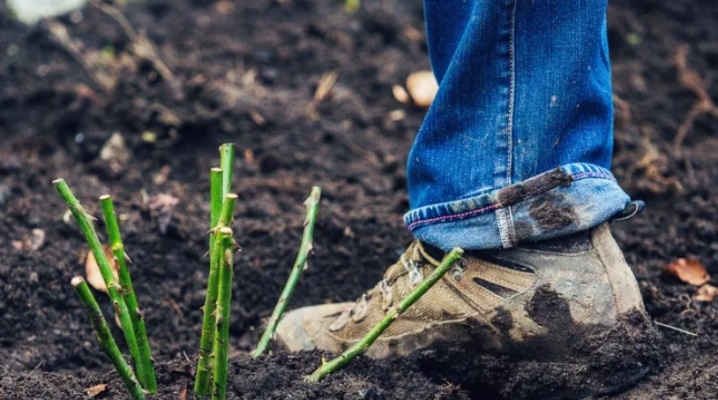
In order for the roses to grow beautiful and healthy, it is necessary for them to choose the right not only plot, but also the soil. It is worth saying that this flower is quite capricious and does not tolerate waterlogging of the soil, as well as a high pH level. It is simply impossible to arrange a rose garden in a swamp, since this is a type of soil that does not suit these flowers at all. We will talk about the types of soil on which roses can develop and bloom normally in the article.
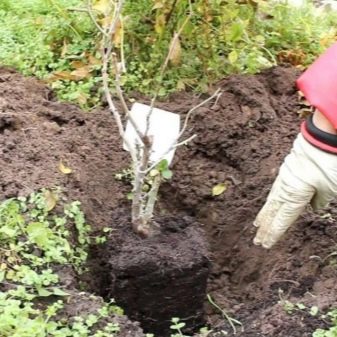

Soil type selection
Indoor and outdoor roses love soil with a high humus content. On the street, loam is preferred, since it perfectly meets this requirement. It is in such a ground in the open field that flowers grow well, quickly adapt after transplantation and actively bloom in season. This option is suitable for both climbing roses and bush varieties.
If there are a lot of stones in the garden, then it is better to give preference to varieties of dwarf roses. At the same time, it is very important to control the level of moisture, otherwise moisture will cause root rot, as a result of which the plant will simply die. If the rose is in a pot, then ready-made commercial soil will be the best soil for it, the composition of which is already ideally matched to the plant. In such a land, roses grow well and practically do not get sick, if you provide them with proper care.
Attention: if you do not know the type of soil that is present on the site, it will be impossible to provide the plants with proper care.
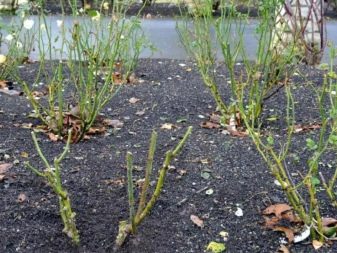
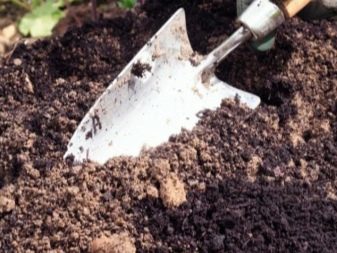
Acidity
The quality of the soil plays an important role in the cultivation of any flower. If the pH level does not correspond to the required one, then the gardener may need to slightly acidify the soil or, conversely, lower the acidity level.
Requirements
At home, flowers will be thanked for the slightly acidic earth. The ideal soil for roses should have a pH in the range of 6-6.5. This is very important because slightly acidic soil favors the development of these flowers. An alkaline medium is not suitable for a flower, as well as a neutral pH, so sometimes it is necessary to acidify the area.
You can acidify the earth using ammonium sulfate. It is imperative to remember that this tool is used in the correct dosage so that the soil does not change its reaction to a very acidic one, but has a weak acidity. It is in this case that roses best absorb nutrients from the soil where they grow.
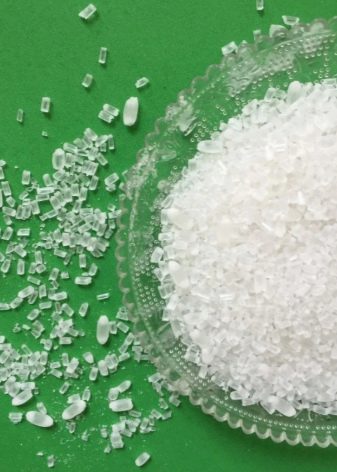

How to determine?
To determine the acidity level, you can use one of 4 methods. In this case, each gardener decides for himself which one is most convenient.
Indicator
This unit can be purchased at a specialized store or even a pharmacy. To carry out the test, you will need to take some soil from the place where the roses are supposed to be planted. Before checking, it must be dried and placed in a container.
Then a small amount of distilled water is added to the soil, and everything is mixed well. The indicator in the form of a litmus paper must be attached to the inside of the container so that it is immersed in the mixture.
Usually, 30 seconds are enough for the color change to become visible on the indicator. Included with this unit is an indicator scale with which you will need to compare the resulting color.
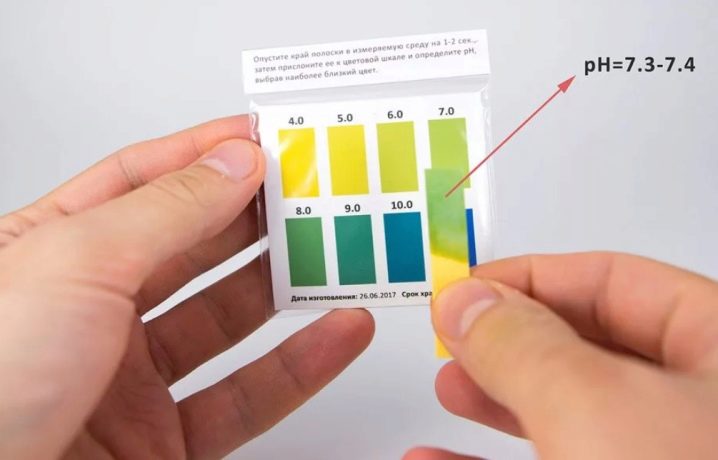
Folk method
It will not be possible to find out the specific pH level of the soil using this method, but you can determine the general indicator, that is, it is acidic, neutral or alkaline. It is necessary to put garden soil in two containers and fill it with distilled water. Baking soda is poured into one of them, and vinegar solution is poured into the other.
In the presence of a reaction in the first case, it becomes clear that the site is acidic soil. If the reaction followed in the second case, then the soil is alkaline. When nothing happens in any of the containers, it means that the soil has a neutral pH.
This is a good method to quickly figure out which type of fertilizer should be used to feed a plant in your garden.
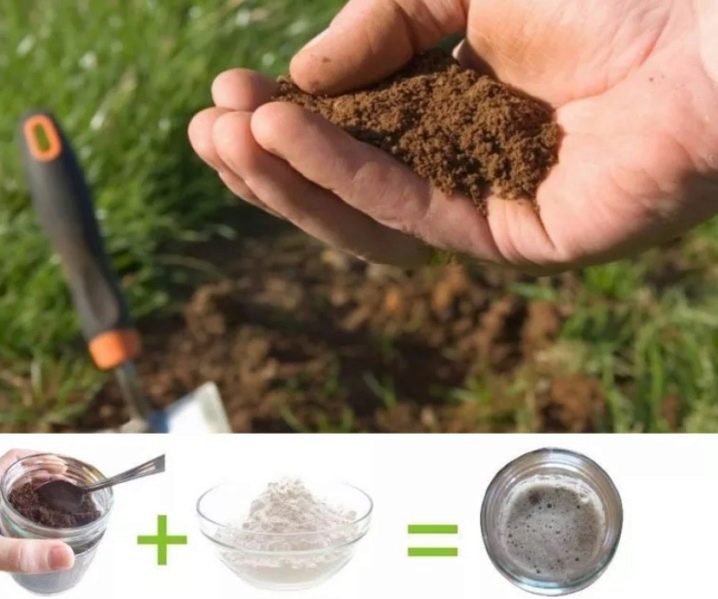
Electronic meter
A very convenient device that allows you to instantly find out the pH level in the soil. All data is displayed on the board, you just need to stick the device into the ground. The only drawback of this method is the cost of such a device. On the other hand, it can be used multiple times.
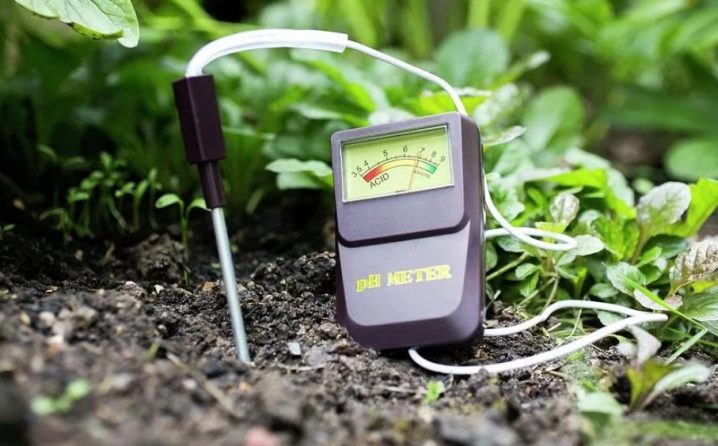
Plants
Oddly enough, but by the plants that are on the site, you can also understand what type of soil is present there. Chamomile and clover love slightly acidic soil, and if they are present in the garden, then it is better to break the rose garden there.
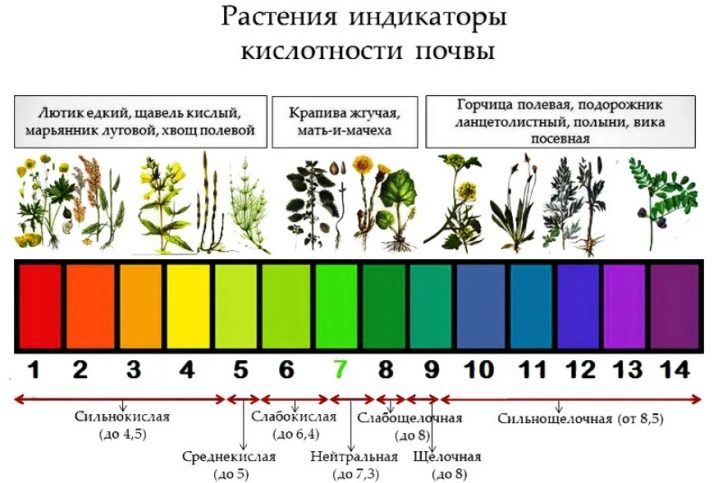
What humidity should be?
Not every novice gardener understands why it is necessary to control humidity. Roses do not respond well to high humidity, so a drainage system may be required to save flowers from root rot.
You can check the humidity level without special devices, just take a small lump of soil in your hand and squeeze it. If it crumbles after straightening the palm, then such earth requires additional moisture and nutrition, since the humidity level in this case is zero.
If the form of a clod of earth after compression does not last long, then the approximate level is 30%, therefore watering is required. Ideally, when the lump retains its shape, but at the same time there should be no moisture on the hand, since this already indicates waterlogging, as a result of which the rose bushes may soon die.

Preparing the land for planting
Do not plant roses in heavy, wet and clayey soil. It is better to pre-prepare the site for planting this flower, so that later you can enjoy active flowering. In the fall, you will first need to dig up the site, change the acidity, if required. It is not difficult to do this with your own hands, the main thing is to know where to start.
During digging, it is necessary to add manure or compost to the soil. During the winter, they will perepryat enough and saturate the soil with nutrients. If you have a sandy soil type, then it is better to add a little clay, which will subsequently hold the moisture necessary for the plants. A good option would be a mixture of sod land, humus and compost (1 part each). Pour 2 parts of clay powder here.
If the soil, on the contrary, is clay, then it is advised to add coarse sand. The ideal option is a mixture of the following components:
- 6 parts of river sand;
- 1 part of sod land;
- 1 piece of leafy land;
- 1 part of humus;
- 1 part compost.
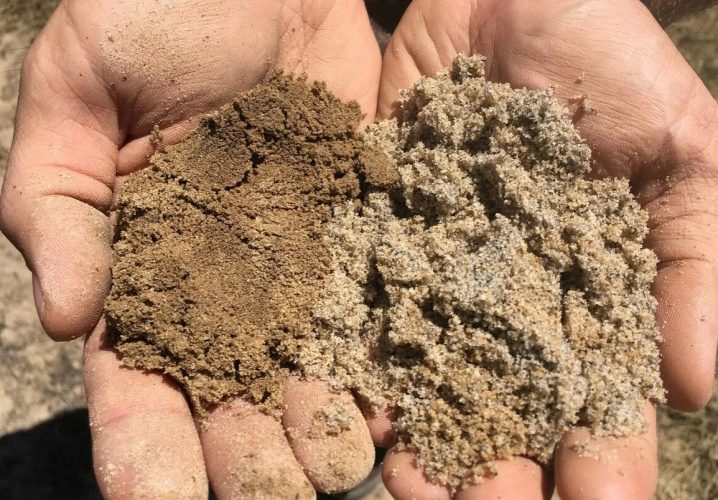
It also happens that the place where it is supposed to break the flower garden turns out to be swampy. The best way to create the perfect soil for roses is a special mixture containing sand, clay, compost and lime. If there is loam on the site, then only organic matter will need to be added. Since, according to other requirements, this soil is considered ideal for roses.
Important: roses are not planted in a place where other flowers previously grew, since they easily take over diseases and suffer from insect infestations. If there is no other option, then experienced gardeners advise replacing 70 centimeters of the topsoil on this site. Fertile and loose earth is ideal for any roses.Before increasing the nutrient content of the soil, you will first need to adjust the acidity level. On swampy pieces of land, it is imperative to organize high-quality drainage from small pebbles.
When planting roses in pots, then ready-made potting mix is the best solution, since it is already perfectly balanced. It must be remembered that the success in growing roses largely depends on the quality of the planting material. When the seedlings are healthy, they can take root in any soil, except swamps.
Advice: you can replace a complex mixture of turf, compost and humus with vermicompost. It is this substance that remarkably saturates the soil with trace elements necessary for the plant.
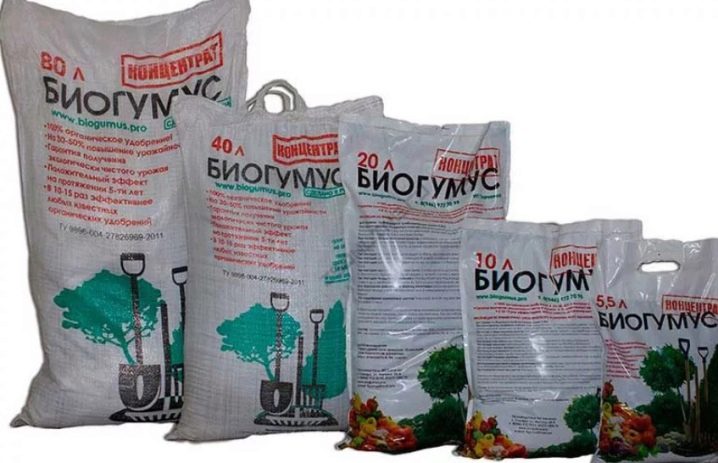
Experienced gardeners give their recommendations on how to properly plant rose seedlings in the ground. To do this, you need to immerse the root system in a clay mash. It is prepared very simply: you need manure and clay, which are mixed in equal parts. The finished solution should resemble sour cream.
Roses prefer warmth and sunshine, but do not like constant exposure to direct rays. In this case, it is necessary to use mulch, which is abundantly sprinkled on the rose garden. The basis is taken mowed lawn grass or sawdust. It is very important to correctly calculate the layer so that moisture does not accumulate under it. If you do not want to resort to this method, then it is advised to plant low-growing flowers next to the roses, which will cover the soil from direct sunlight.
As for mineral fertilizers, they should be used strictly at a certain time and only in the right amount. In early spring, the first feeding of roses is carried out; during the flowering period, no nutrients are no longer introduced into the soil.
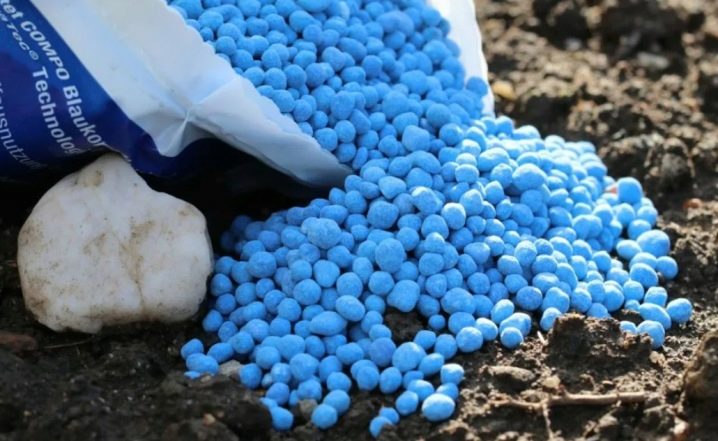
On the forums, you can see that experienced gardeners are replacing fertilizers with HB 101. Its peculiarity is that it contains pomace:
- cedar;
- cypress;
- pine trees;
- plantain.
The beneficial substances in such a mixture help to activate the growth of roses, moreover, the plant's resistance to diseases increases. To feed the root system of roses, you can use the same preparation in granular form. When planting, several slow-release granules are placed in the pit. If the soil on the site is very poor in micro- and macroelements, then it is advised to apply a solution with the indicated preparation under the plant every three weeks.
It is very important to make the landing hole correctly and organize drainage in it. The depth for planting should be no more than 70 cm, crushed stone, broken brick or pebbles are laid on the bottom. A nutritious soil with a thickness of about 40 cm is laid on top.
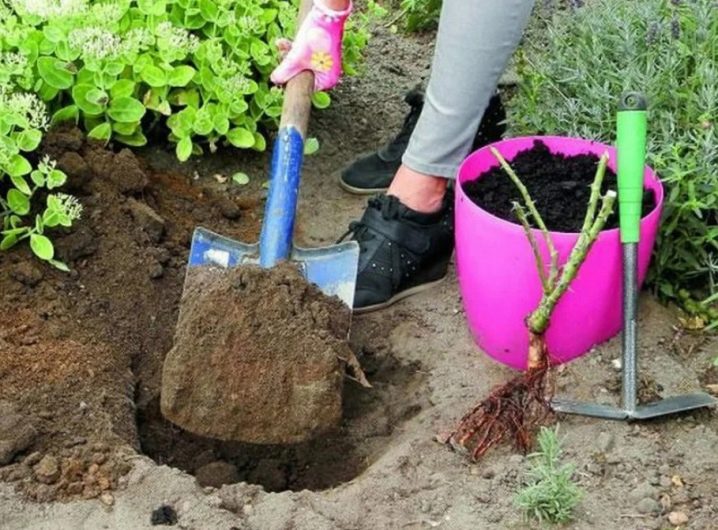

































































































The comment was sent successfully.